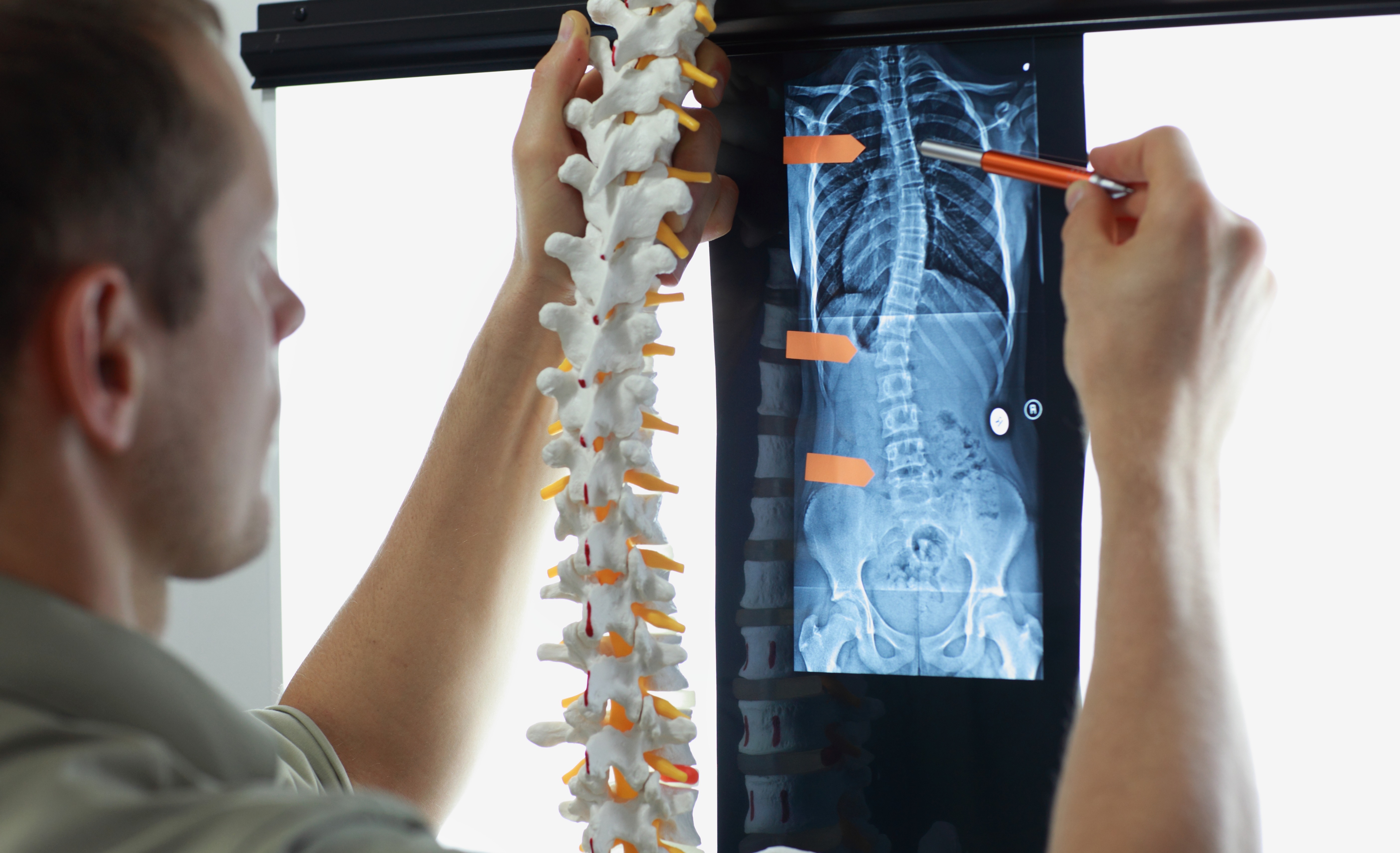Spinal Restoration through Bio-Congruent Implantable Cobot Devices
Combining robotic engineering, biology, and computer science to bring revolutionary advances in the field of spinal restoration
Back pain and spine related discomforts are the leading cause of trips to the doctor and ER. The design of the spine is extremely complex and unique so if any component of its anatomy fails, it is very difficult to efficiently fix for long-term success. Additionally, any discomfort with the spine leads to severe limitations to daily life. Spinal fusion is the main treatment applied to many spine-related conditions that people may have. This process essentially joins two or more vertebrae together. This operation has many potential complications ranging from blood loss, infection, and nerve damage. Even when the risks are ignored and the procedure is successful, it reduces the normal range of motion of the spine and results in more stress on the vertebrae around the fusion. As a result, more fusion surgeries are needed to treat the vertebrae around the original fusion, and sometimes old fusions fail and need more revisions in the future. All this leads to long-term complications as well as limited flexibility and motion from when the fusion is done. Spinal fusions have increased by 70% since 2001 and the cost of these procedures are projected to grow by 3.4% every year onward to just under $9 billion dollars in 2023. Despite all this, the rate of failed back surgery syndrome after spinal surgery range from 20 to 40%. A new way to combat the problems in the spinal restoration field is needed, and a potential solution lies at the intersection of computer science, robotics, and biology.
The solution discussed involves first using new computer vision imaging technologies to analyze and diagnose patient spines in real-time. This visualization will also measure and depict the distribution of force across the spine vertebrae, facet joints, and disc spaces. After diagnosis, depending on the specifics of the treatment needed, bionic spine technology will be used to develop bio-congruent implantable cobot (BIC) devices that restore and enhance the function of the spine. The bio-materials used in these devices will bind to the spine and mimic the biodynamic function of the affected intervertebral discs, ligaments, and tendons thus restoring normal dynamic movement. These devices will work with the surrounding tissue and vertebrae of the affected area to redistribute stress and ultimately restore physiologic force distribution. This will highly decrease the probability of future spine issues and therefore leading a higher success rate. Future projections include upgrading computer visualization using Virtual/Artificial reality software to plan treatments. The BIC devices are also expected to improve over time and eventually lead to fully functional and efficient spinal implants.
 Please note, header image is purely illustrative. Source: endostock, stock.adobe.com
Please note, header image is purely illustrative. Source: endostock, stock.adobe.com
This technology can be used to revolutionize how diagnosis and treatment of spinal complications are done. By countering the disadvantages of conventional processes in the spinal restoration field, this technology can lower the failure rate, cost, and patient inconvenience currently associated with spinal fusion operations.
Provisional patent
62/924,783
Available for Licensing
Development partner,Commercial partner,Licensing
Patent Information:
| App Type |
Country |
Serial No. |
Patent No. |
Patent Status |
File Date |
Issued Date |
Expire Date |
|